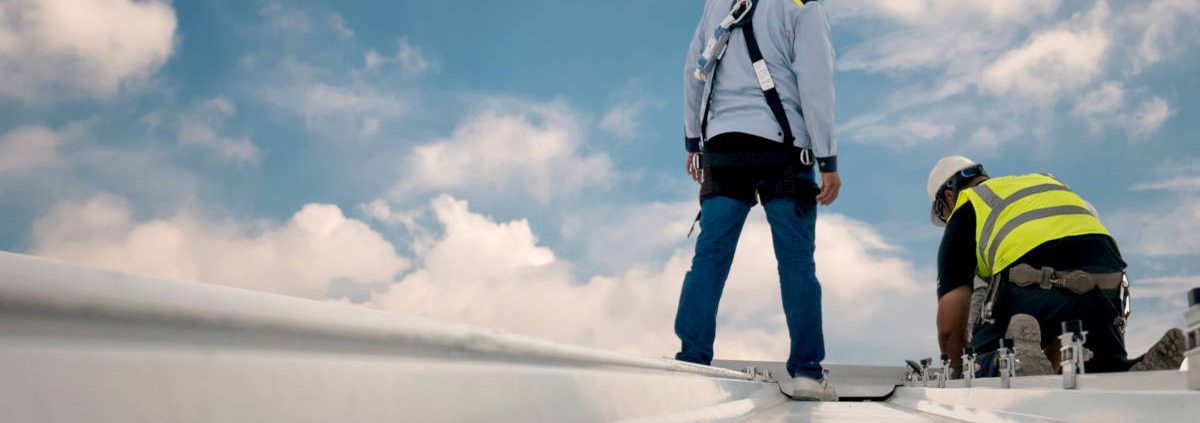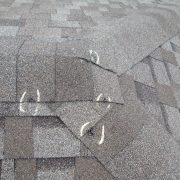Everything You Need to Know About Low Slope Roofing Systems
What is a Low Slope Roof?
To understand what a low slope roof is, it’s helpful to first know what roof pitch means. Roof pitch refers to how steep a roof is, measured by how much it rises vertically for every 12 inches it extends horizontally. According to OSHA, a roof is considered low slope if its pitch is 4:12 or less, meaning it rises 4 inches or fewer for every 12 inches it extends.
Low slope roofs are often called flat roofs. These roofs make it challenging for water to drain properly into the gutters, leading to potential water pooling, and shingles are not suitable for this type of structure. By hiring an experienced roofing team like 1st Choice Construction, we evaluate your roof to identify the best materials and roofing system for your residential or commercial property.
Membrane Roofing Systems
EPDM Membrane
EPDM (ethylene propylene diene monomer) is a synthetic black rubber roofing membrane. It’s known for being extremely durable and is a popular choice for low slope roofs. It’s often used on commercial or industrial buildings and can last between 25-30 years. The EPDM Roofing Association lists some of its benefits as:
- Proven hail resistance
- Flexibility in low temperatures
- Superior resistance to extreme heat and fire
- Thermal shock durability
PVC Membrane
PVC (polyvinyl chloride) is a synthetic single-ply white membrane used on both commercial and residential low slope roofs. Its white color reflects heat rather than absorbing it, making it ideal for flat roofs over living spaces. PVC is a strong, flexible, and highly resistant material that can last anywhere from 20-30 years.
TPO Membrane
TPO (thermoplastic polyolefin) is also a strong single-ply white membrane that is considered more budget friendly than PVC. It’s another popular choice for both residential and commercial buildings and has several benefits, including:
- Energy efficiency
- Environmentally friendly
- Low maintenance
- Flexibility
- Wind and fire resistance
Metal Roofing Systems
Standing Seam Metal Roofing
Standing seam metal roofing consists of concealed panels that lock together at the seams, creating a watertight seal while allowing the metal to expand and contract. Typically made from aluminum, and sometimes copper or zinc, the panels are coated with a protective layer for enhanced resistance to weather and corrosion. This roofing system is highly durable, long-lasting, and capable of withstanding extreme weather conditions.
Exposed Fastener Metal Roofing
An exposed fastener roofing system panels that are fastened to the structure through the face of the metal and directly into the roof deck or framing below. In an exposed fastener system, the panel edges overlap, and the fastener penetrates both layers of metal, leaving the fastener head visible rather than concealed by a seam. This system is often considered the most economical option for metal roofing and is commonly used in residential, structural, industrial, and agricultural buildings.
Need a Low Slope Roof Consultation?
If you think your low slope roof requires repair or replacement, it’s essential to consult an expert. At 1st Choice Construction, our team is highly skilled in identifying roofing problems and well-versed in the best materials and manufacturers for low slope roofs. We offer honest, precise estimates and are committed to delivering top-quality work and customer satisfaction.
For the best residential and commercial roofing services in St. Louis, reach out to 1st Choice Construction for a free estimate.












